Join our community
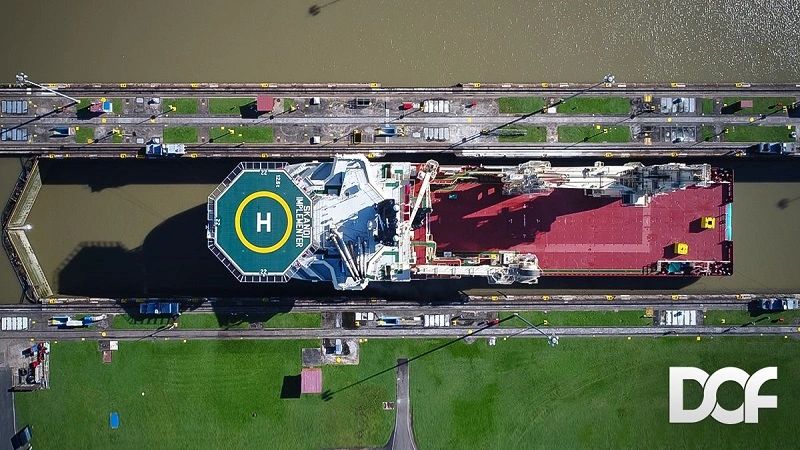
 DOF Group ASA has announced two more contracts for subsea projects for two international companies in the Gulf of Mexico.
DOF Group ASA has announced two more contracts for subsea projects for two international companies in the Gulf of Mexico.
Skandi Implementer, which has recently departed Mexico due to a contract termination, will be deployed for the projects. Overall the projects’ expected duration is approximately two months.
The vessel will complete the integration of survey services and two of DOF’s remotely operated vehicles (ROVs).
Mons Aase, CEO of DOF Group ASA, said, “We are pleased to be able to quickly secure work for Skandi Implementer following the recent contract termination. Beyond contributing with asset utilisation and backlog, these contract awards represent advancing another of our I-class vessels into our subsea project business in line with our plan to add subsea service scopes to our most recent additions to the fleet.”
The Skandi Implementer was designed for subsea construction, inspection, repair and maintenance (IRM) and ROV services up to 3,000m of depth.
Earlier this month DOF Group also announced the acquisition of two subsea contracts in the APAC region for work offshore Malaysia and Indonesia.
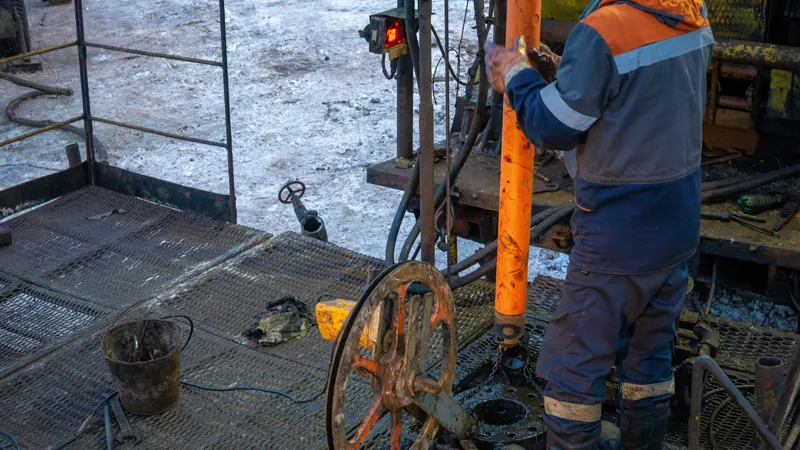
 A United States-based oilfield technology company called Deep Well Services stepped into the United Arab Emirates with its acquisition by Enersol, a joint venture comprising ADNOC Drilling Company and Alpha Dhabi Holding.
A United States-based oilfield technology company called Deep Well Services stepped into the United Arab Emirates with its acquisition by Enersol, a joint venture comprising ADNOC Drilling Company and Alpha Dhabi Holding.
DWS, through Enersol, will drive the development of the UAE’s conventional and unconventional energy resources. Its contribution, alongside other Enersol companies, will add the technological support necessary to deliver ADNOC Drilling’s US$1.7bn worth of contract that involves leveraging 144 unconventional wells.
Established in 2008, DWS is known for its advanced technology services within the energy sector. Its patented Hydraulic Completion Units (HCU) are designed for high-pressure, long lateral, and multi-well completion operations, enabled by its data analytics software, BoreSite. The HCUs are also known for tackling workover of laterals, multi-well pads, high-pressure operations, and complex fishing programmes.
The company's other patented offering is the data acquisition system (DAS), BoreSite, which can allow operators to attain production optimisation by leveraging vast data sets into actionable insights for them. Its live feed reflects operations condition in real-time, which can be monitored and gauged remotely to make prompt corrections if required.
DWS' blowout preventers that are manufactured in the US with an API 16A & 6A certification are available in 10k and 15k pressure ratings. These, along with its range of accumulators, assures reliable well control and traceability for wellbore intervention activities.
The blowout preventers feature:
The company's pressure management services offer a compact and mobile 5000 psi hot tap drill to release trapped pressure by exercising caution and following all safety protocols. It is equipped with the necessary tools from casing valves to drill pipes for operators to get their production back online.
The company also covers training and development, offering globally accredited programmes with a special focus on operational safety and efficiency. It also assists in automating flowback operations via a joint venture called AutoSep Technologies. Besides its vast experience across multiple basins in North America, DWS has served more than 70 E&P companies that include both small-private operators and large-cap national energy companies.
Enersol has acquired a 95% stake in DWS at approximately US$223mn, including performance-based payments, subject to necessary regulatory approvals and other customary conditions precedent. The joint venture reflects ADNOC Group's readiness to adopt advanced oilfield technologies to maintain the Middle East's relevance in today's oil and gas industry. DWS has been the venture's fourth acquisition in 2024, following agreements to take over a downhole visual analytics company called EV; acquire 51% interests in NTS Amega, a manufacturer of advanced precision equipment and solutions provider for the energy sector, and a 67% stake in US-based Gordon Technologies that offer measurement while drilling services.
These acquisition strategies aim to build a next-generation technology portfolio with the scope to expand its presence in a previously untapped yet dynamic market.
To know more about the global well intervention scene click here.

 The UK’s North Sea Transitions Authority (NSTA) has highlighted the role of new technologies in making P&A operations more efficient and cost-effective, and the potential of the UKCS as a test bed for pioneering P&A technologies which could be rolled out in other basins, such as the Gulf of America.
The UK’s North Sea Transitions Authority (NSTA) has highlighted the role of new technologies in making P&A operations more efficient and cost-effective, and the potential of the UKCS as a test bed for pioneering P&A technologies which could be rolled out in other basins, such as the Gulf of America.
Nowhere is the need for new technologies to improve operations more acute than the Gulf of America, given that around 2,300 non-producing wells are scheduled for plugging and abandonment by this year, with decommissioning costs forecast at between US$40-US$50bn and environmental compliance expenses continuing to grow.
In the NSTA Technology Survey and Insights 2024, which raises awareness of solutions and approaches operators are using in the UKCS, the NSTA highlights that Well P&A, the most expensive part of the decommissioning process, is a field of active innovation, driven by both vendors and operators and including through-tubing logging, barrier placement, and downhole wireless sensing.
It highlights that there has been progress in introducing novel barrier materials and deployment techniques, and tools for removing control lines from downhole gauges. It notes that modular workover rigs for platforms and light well intervention vessels for subsea abandonments can lower P&A costs when compared to the use of standard rigs.
In the area of well inspection and cement condition, there are several emerging technologies including multi string logging for barrier verification and assessing cement quality behind the production casing.
There are several examples of conductor cutting techniques reported in the survey, with one operator confirming deployment of a combined hydraulic cutting tool with a pinning tool to allow combined cutting and pinning operations.
In the area of barrier placement and verification, operators are using deployable technologies such as through tubing abandonment, ongoing field trialling of non-alloy barriers, fusion-based alloy plugs, and suspended well abandonment tools for rigless abandonment using lower cost vessels. One operator plans to use self-healing cement to incorporate downhole gauge cables which prevent effective plug setting. Emerging technology is being progressed through trials of novel abandonment techniques.
Operators are considering light well intervention vessels for subsea open-water abandonments and subsea shut-off devices for open-water tubing retrieval. Emerging technology includes novel approaches for breaking the cement bonds on casing strings, with the swarf recovery unit and a casing recovery system being new developments.
The survey also highlights the use of innovative solutions for improving well access for interventions, low-cost platform workover rigs/modular drilling rig systems, rigs specifically configured for well P&A, and riserless P&A systems. The latest innovations include an inside casing status visualisation technology, subsea vessel based fishing tools and a casing expander tool.

 To secure dedicated operations that include routine subsea well interventions or abandonments in the United States Gulf of Mexico over the next five years, a deepwater consortium from the region, HWCG LLC, has entered an agreement with Trendsetter Engineering to upgrade an existing 6-3/8 inch, 15k Trident Open Water Intervention Riser System (OWIRS).
To secure dedicated operations that include routine subsea well interventions or abandonments in the United States Gulf of Mexico over the next five years, a deepwater consortium from the region, HWCG LLC, has entered an agreement with Trendsetter Engineering to upgrade an existing 6-3/8 inch, 15k Trident Open Water Intervention Riser System (OWIRS).
Once upgraded, possibly by the first half of the year, the system will become well equipped for operations in water depths up to 10,000 ft, improving barrier functionality, leaving MUX controls redundant. It will also convert the Trident LRP into a compact, lightweight 15k capping stack.
Previously, HWCG posessed a 20k valve-based capping stack for addressing blowout incidents. It was supported by a 7-inch gate valve designed, qualified and manufactured by Advanced Technology Valve. It came with a rating of 20,000-psi and 350°F. It helped address challenging technical issues within the deepwater environment by improving a well area that was open to flow and also enhanced riser load capability. According to Craig T Castille, the Managing Director of HWCG, the development helped 'improve our full cycle response mission', as part of the consortium's commitment to 'providing a Rapid Response Solution for well containment which minimises potentially severe environmental and economic impacts to the Gulf of Mexico and its stake holders'.
The HWCG came into existence following the unfortunate incident of Deepwater Horizon, bringing together the offshore industry for the greater cause of setting up a prompt and comprehensive response team to address subsea blowout before it leaves an irreplaceable damage to people, property and environment. It's multiple initiatives include a robust Mutual Aid programme, strategic partnerships with vendors and industry experts such as Helix Energy Solutions Group and Trendsetter, to name a few, and conducting crisis exercises and thoughtfully curated drills.
“Our approach to deepwater well containment has always centered on consulting with the industry’s foremost experts while leveraging the best available technology. Our annual drill showcases the vast level of collaboration inherent in our response efforts, which becomes even more critical at full scale,” said former Managing Director of the consortium, David Coatney.
The consortium considers the upgraded system by Trendsetter state-of-the-art, which can also be deployed in the event of a subsea blowout, ruling out the necessity of several critical response modes such as well capping, flowback, well kill, and well intervention. It is known for its cost reduction and efficient well intervention capabilities.
HWCG's Technical Director, Mitch Guinn, and Project Manager, Erik Bristol, has worked alongside Trendsetter to tailor the upgraded system for routine operations and source control response, ensuring seamless integration with the venture's existing capping stacks. “HWCG is committed to providing its members with access to superb technology from extremely capable service providers. The Trident OWIRS system and our agreement with Trendsetter are emblematic of HWCG’s strategy to utilise equipment which is routinely operated in the US GoM. This strategy reduces operational risks during a response by improving worker confidence through repetition,” said Castille.
To know more about the global well intervention scene, click here.
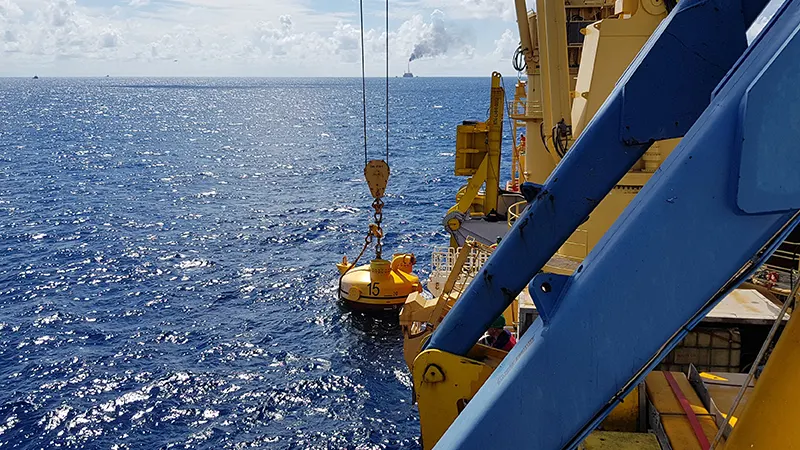
 To tackle field development work in the US Gulf of Mexico, bp has onboarded C-Innovation (C-I) to deliver a significant contract that also covers inspection, maintenance, and repair (IMR) services.
To tackle field development work in the US Gulf of Mexico, bp has onboarded C-Innovation (C-I) to deliver a significant contract that also covers inspection, maintenance, and repair (IMR) services.
The contract gives bp access to C-I's vast fleet of specialised subsea and supply vessels, besides the provision of its special light construction vessels, C-Constructor and MV Holiday. Each of these vessels come equipped with 150 MT subsea cranes and two Schilling UHD work class remotely operated vehicles (ROVs).
These two dedicated IMR construction vessels will be deployed for project management, engineering, equipment, logistics, and port services, alongside aiding construction, inspection, survey and decommissioning projects. “C-I will act as the contracting lead from front end engineering to offshore execution," said Ryan Combs, C-I’s bp Programme Manager.
The company is proud of its offshore service packages that are customised to suit individual client needs. Delighted on acquiring this three-year contract that has an additional two one-year extensions scopes as well, Combs said, "This multi-year contract in the Gulf of Mexico secures the C-Constructor and Holiday to support a diverse array of subsea activities ... A crucial factor in winning this award is C-I’s access and integration of the unmatched resources available within the Edison Chouest Offshore (ECO) family of companies. This new award is the continuation of a well-established relationship with bp and demonstrates our ability to deliver on our commitments and continuously improve our services year after year.”
C-I has been present in the US Gulf of Mexico since 2017, where its vessels have completed more than 60 riserless light well intervention (RLWI) projects in the Gulf of Mexico, especially in the deepwaters.
"One thing that sets us aside I believe is our ability to control our own destiny and to take on the contract as a whole," said the company's Vice President, David Sheetz.
C-I's turnkey RLWI services are diverse enough for the most part of the well intervention system, including provision of the vessel, ROVs, subsea intervention system, pumping system, coiled tubing, nitrogen and stimulation fluids. The company is also known to have remediated multiple hydrates in the Gulf of Mexico.
The bp-operated Mad Dog field, which is known for its exceptional production count, had also seen the deployment of C-I's IMR ROV vessel, MV Dove, which helped mitigate several risks involved in the project. Some of these included armoring with Lexan polycarbonate, designing of new manipulator mounting subframes so that the reach of the manipulators can be extended by 12 inches, and the installation of enhanced manipulator control systems.
"C-I was engaged by bp early in the project lifecycle to provide input into the design of the subsea hardware and installation capabilities of the ROV, which would face limited access to the installation location beneath the facility. The C-I project team engaged with the ROV operations groups, offshore managers and tooling group in order to evaluate the risks involved with the execution of the project and ultimately secured a successful outcome,” said Combs.
To know more about the global well intervention scene, click here.
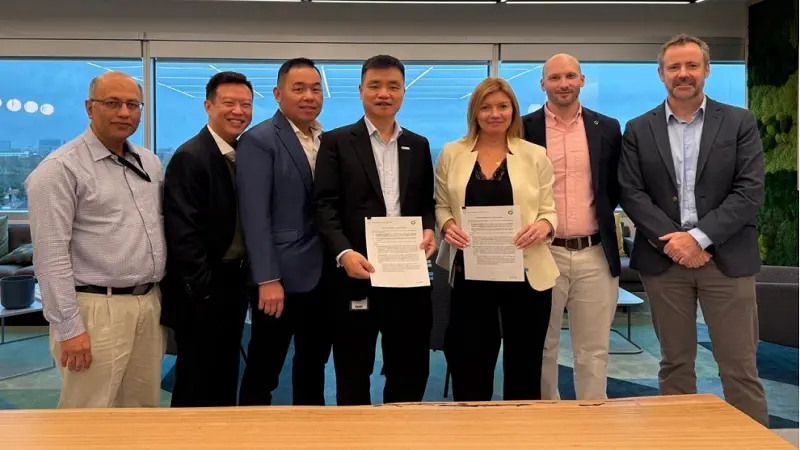
 Seatrium Ltd. has announced the signing of a MoU with BP Exploration & Production (bp) in preparation for the Tiber Floating Production Unit (FPU) in the US Gulf of Mexico.
Seatrium Ltd. has announced the signing of a MoU with BP Exploration & Production (bp) in preparation for the Tiber Floating Production Unit (FPU) in the US Gulf of Mexico.
Marking the second project for the companies, Seatrium will provide services to carry out the engineering, procurement, construction and commissioning (EPCC) of a FPU designed to support the development of bp’s deepwater assets in the Gulf. The Tiber FPU will be equipped with advanced technologies to enhance operational efficiency and safety.
The Tiber discovery is located approximately 300 miles southwest of New Orleans in the Keathley Canyon.
Seatrium and bp will jointly define the initial works and EPPC scope under the MoU. The contract is subject to the final investment decision by bp which is anticipated for later in the year. The new agreement builds on the existing partnership between the two companies on the Kaskida FPU, which reached final investment decision in 2024.
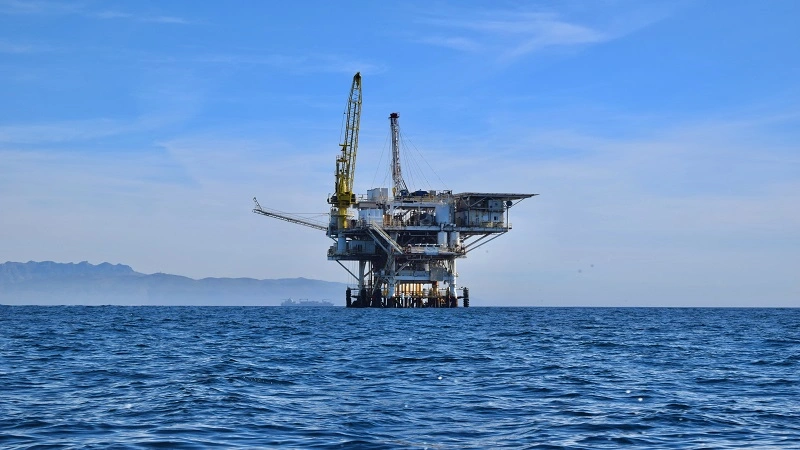
 Reservoir Group, a provider of innovative well intervention services, has successfully deployed its tubing cutting tooling in a variety of sizes and applications for both onshore and offshore environments.
Reservoir Group, a provider of innovative well intervention services, has successfully deployed its tubing cutting tooling in a variety of sizes and applications for both onshore and offshore environments.
This service, which supports a range of vertical and high deviation wells, is designed to reduce operational costs and bring production back online quickly. The cutting-edge technology, including hydraulic anchor tools, is deployed through coiled tubing, rig drill pipe, and snubbing unit drill pipe.
The diverse range of deployment methods allows Reservoir Group to efficiently service wells in various conditions. In a recent case history involving 11 wells, the company achieved a 100% success rate in tubing cutting operations.
A spokesperson from reservoir Group said, “Our team of technical experts combined with our proprietary products and commitment to customer care have been pivotal in delivering safe, high-quality, and cost-effective solutions.”

 Murphy Oil Corporation's fourth quarter production for 2024 from the United States Gulf of Mexico averaged 68,000 barrels of oil equivalent per day (boepd), 80% of which was oil.
Murphy Oil Corporation's fourth quarter production for 2024 from the United States Gulf of Mexico averaged 68,000 barrels of oil equivalent per day (boepd), 80% of which was oil.
This is a slight improvement over the third quarter which recorded 67,000 boepd, comprising 79% oil.
The fourth quarter saw the drilling and completion of the Mormont #4 (Green Canyon 478) well, which was followed by a workover on the Samurai #3 (Green Canyon 432) well.
The well workover was one of the reasons for a production impact of a total 10.8 mboepd in the fourth quarter. A delay in the arrival of the offshore rig to start workover operations on the Samurai led to a production impact of 1.4mboepd from the site.
The Samurai well is tied in with Khaleesi and Mormont fields, resulting into a massive infrastructure that produces more than 15,000 boepd. While the company has seen a successful drilling campaign of Khaleesi #4 well at Green Canyon 389, it also had to conduct repairs to subsea equipment in the Mormont #2 well (Mississippi Canyon 478) to bring it back to production.
A considerable number of workover and sidetrack work kept Murphy busy in 2024, which the company believes are a common occurrence in offshore conditions with high productive wellsites. The Neidermeyer well workeover has been an especially challenging activity for the team.
Usually, reserves-rich, promising subsurface conditions often pose workover requirements to achieve successful production count. There might be a decade-long smooth run or dislocations around minor workover events or well repairing might hit operators every in four-five years; they must be prepared to take these risks and uncertainties before being showered with a good yield.
Successfully in line with all planned workovers in the third quarter, the fourth quarter of 2024 saw a total workover expense of US$30mm for Murphy. This included opertaions of Samurai #3 (Green Canyon 432). For the first quarter of 2025, the company has workover plans on Marmalard #3 (Mississippi Canyon 255), while also bringing the operated Mormont #4 well online.
The Occidental Petroleum-operated Ocotillo #1 exploration well in Mississippi Canyon 40 has been declared a discovery by the partners, more so because it helped bring down exploration expenses. Experts are anticipating it to be a typical Miocene-type tieback opportunity that indicates somewhere between 30 to 60 million barrels.
Overall, Murphy's fourth quarter production for 2024 averaged 175,000 barrels of oil equivalent per day (boepd), which included 85,000 bopd. Its offshore business remained mostly consistent with the third quarter results, producing approximately 75000 boepd, which included 82% oil.
The company is set to spend approximately US$145mn for its 2025 exploration programme, which includes drilling two operated exploration wells in the Gulf of Mexico.
“We have an ambitious exploration programme ahead of us over the next 18 months, with operated wells planned in the Gulf of Mexico, Vietnam and Ivory Coast, in addition to an appraisal well in Vietnam. This optionality across multiple play types in key basins provides significant resource upside for our offshore business. It is an exciting time at Murphy, and exploration will remain a key differentiator and value creator for our company for years to come,” said Eric M Hambly, President and Chief Executive of Murphy.
To know more about the global well intervention scene, click here.

 Considering the high risk of leaving offshore wells abandoned and orphaned in federal waters, the Bureau of Safety and Environmental Enforcement (BSEE) has vowed to strengthen the plugging of orphaned wells and associated pipelines.
Considering the high risk of leaving offshore wells abandoned and orphaned in federal waters, the Bureau of Safety and Environmental Enforcement (BSEE) has vowed to strengthen the plugging of orphaned wells and associated pipelines.
According to BSEE's analysis, well decommissioning costs around US$344,000 to US$421,000. Investing an adequate amount in this area would likely help in supporting around 10,500 well-paying jobs annually over the next decade. These jobs would be tailor-made for oil and gas workers as well as additional jobs in the oil and gas inspections workforce to detect harmful methane leaks—which have devastating effects on the environment and people—and survey orphan wells for cleanup.
Although thousands of wells are orphaned or improperly unplugged, a lack of adequate information regarding their exact numbers cannot create specific processes for monitoring these wells, including for their carbon, hydrogen sulfide, and methane emissions. This is why keeping a comprehensive record of the condition and location of all offshore oil and gas wells and facilities and consistent monitoring should continue after decommissioning is complete. Around 18,000 miles of inactive pipelines that are unmapped and unmonitored in the Gulf of Mexico.
According to the Centre for American Progress (CAP), enforcement of existing policies; a robust federal job programme; increasing financial obligations; and a comprehensive record-keeping and monitoring process are considered to be viable approaches to both reducing the negative socioeconomic and environmental impacts of these sites as well as the ease with which they come to exist.
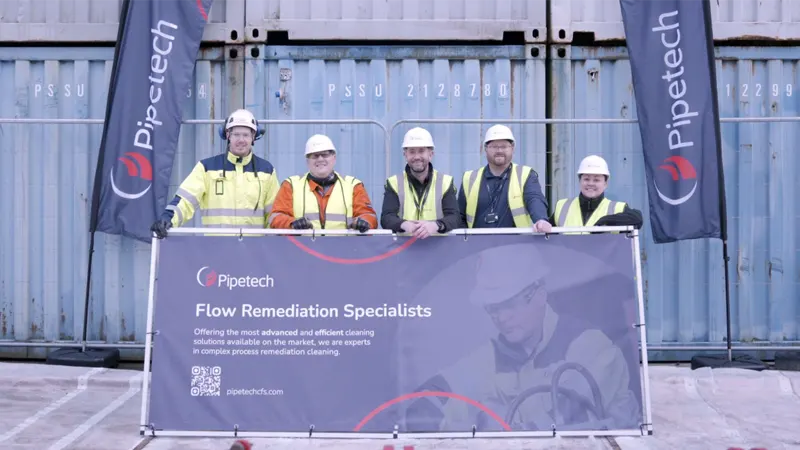
 Flow remediation specialist, Pipetech, has announced it will be launching its Downhole Scale Remediation (DSR) technology in the coming months.
Flow remediation specialist, Pipetech, has announced it will be launching its Downhole Scale Remediation (DSR) technology in the coming months.
The new product, under development for the last two years, is set to redefine wellbore cleaning solutions for the global energy sector while promoting sustainable practices, addressing the industry challenges posed by scale, wax, and other naturally occurring deposits that obstruct fluid flow, compromise production efficiency and create unsuitable surfaces for bridge plugs.
The DSR technology offers a different approach to tackling wellbore scale; instead of using corrosive chemicals, it leverages a rotational high-pressure water-jetting system, which tracks and adapts to a wellbore’s varying inner diameter (ID), delivering precise and effective cleaning for safety valves, side pocket mandrels, and other critical areas, efficiently restoring surfaces to bare metal and thus enhancing production efficiency while significantly reducing environmental impact.
Patented in the UK and US, the technology has achieved proof of concept during qualification trials and has also undergone client trials with leading energy operators. Field trials are set to take place this year to demonstrate the DSR’s superiority over existing chemical and mechanical methods, while global testing is scheduled across redundant wells in the UK, Norway, and other international locations to confirm its adaptability and reliability in diverse field conditions.
Leonard Hamill, Operations Director at Pipetech commented, “The DSR technology represents a major step forward for the energy sector. By combining advanced engineering with an eco-conscious approach, we’re providing a solution that tackles a long-standing operational challenge while aligning with the industry’s sustainability goals. We are proud to lead this innovation and are thrilled by the strong interest we’ve received from major operators, which underscores the DSR’s potential to become a game-changer in flow assurance.”
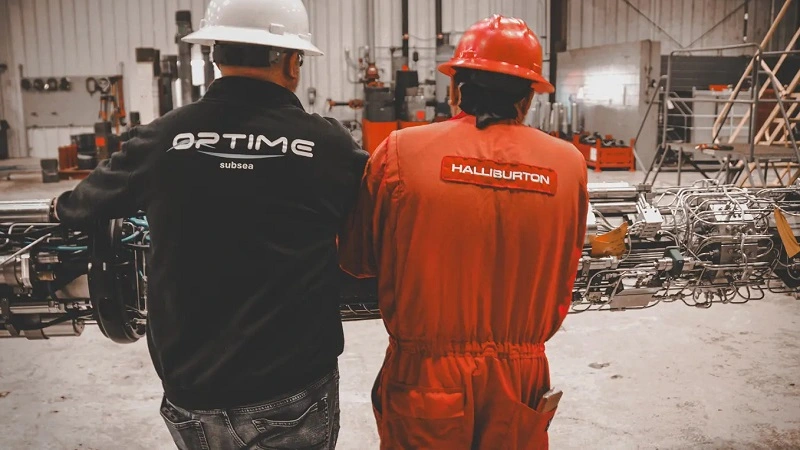
 Halliburton has finalised its acquisition of Optime Subsea, resulting in American giant now owning 100% of the Norwegian company.
Halliburton has finalised its acquisition of Optime Subsea, resulting in American giant now owning 100% of the Norwegian company.
Jan-Fredrik Carlsen, CEO of Optime Subsea, said, “Joining Halliburton is a proud moment for Optime Subsea. This acquisition will allow us to scale our innovative technologies, reach new markets, and continue delivering exceptional value to our customers worldwide.”
Since its founding a decade ago in 2015, Optime Subsea has committed to delivering cost-effective subsea solutions to the oil and gas industry, including its flagship technologies Subsea Controls and Intervention Light System (SCILS), and the Remote Operated Controls System (ROCS).
With Halliburton’s global reach and extensive infrastructure, Optime Subsea is now positioned to accelerate deployment of its technology on a larger scale to provide a more robust portfolio of subsea control and intervention solutions.
“As we transition into this exciting new chapter, our commitment to innovation, customer satisfaction, and operational excellence remains unwavering. As part of Halliburton, we look forward to creating new opportunities and delivering unmatched solutions to the energy sector,” commented Carlsen.
The acquisition represents a shared vision between Optime and Halliburton to drive progress and efficiency in subsea operations. The two aim to redefine standards for reliability, sustainability and performance in the subsea industry.
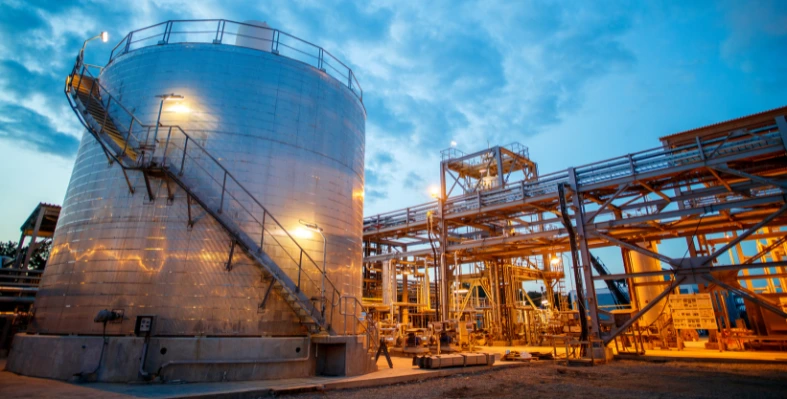

The decommissioning of offshore fields is no longer the final chapter in their lifecycle. Increasingly, these sites are being repurposed for carbon capture and storage (CCS), a key strategy in the global push to achieve net zero emissions by 2050.
By utilising depleted fields to store CO₂ beneath the seabed, operators can transform non-productive assets into environmental solutions, aligning with international climate commitments.
The International Energy Agency (IEA) highlights CCS as a crucial tool for reducing emissions from existing energy infrastructure, decarbonising hard-to-abate industries, and facilitating low-carbon hydrogen production. The technology has long been linked to enhanced oil recovery (EOR), with operators injecting CO₂ into reservoirs to boost extraction rates—a practice dating back to the 1970s.
Despite growing interest, the CCS sector faces economic and technical hurdles. The IEA reported a 35% increase in announced capture capacity and a 70% rise in storage capacity in 2023, bringing projected CO₂ capture to 435 million tonnes annually by 2030.
However, this remains well below the 1 gigatonne required to meet net zero targets. Analysts at Rystad Energy warn that many announced projects may not materialise due to economic feasibility concerns, a common critique of CCS. Additionally, the Center for International Environmental Law (CIEL) notes that many past projects have faced operational challenges or failures.
Nevertheless, government incentives are spurring investment. In the US, the Inflation Reduction Act of 2022 expanded the 45Q tax credit, offering US$85 per tonne of CO₂ permanently stored and US$60 per tonne for EOR, attracting new investors and developers to the sector.
“The sector is on the verge of a breakthrough,” said Benn Cannell, innovation director at Aquaterra Energy. “Trailblazing companies are now going through the steps needed to deliver CCS at scale.” As more projects move forward, the industry’s success will hinge on advancing technology, securing financial backing, and overcoming operational setbacks.
Page 8 of 23
Copyright © 2025 Offshore Network